Amakuru
-
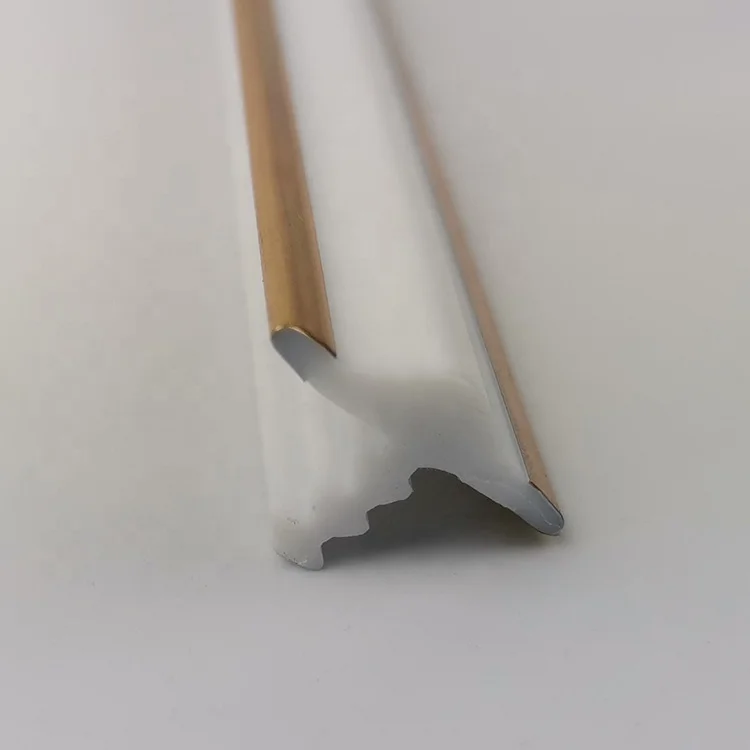
Create Your Perfect Ambiance with LED Neon Light Strip
Looking to transform your space with a touch of style and modernity? Look no further than the LED Neon Light Strip.Soma byinshi -
Channel Letter Material: The Ultimate Guide
Are you looking for the perfect channel letter material for your business signage? Look no further!Soma byinshi -
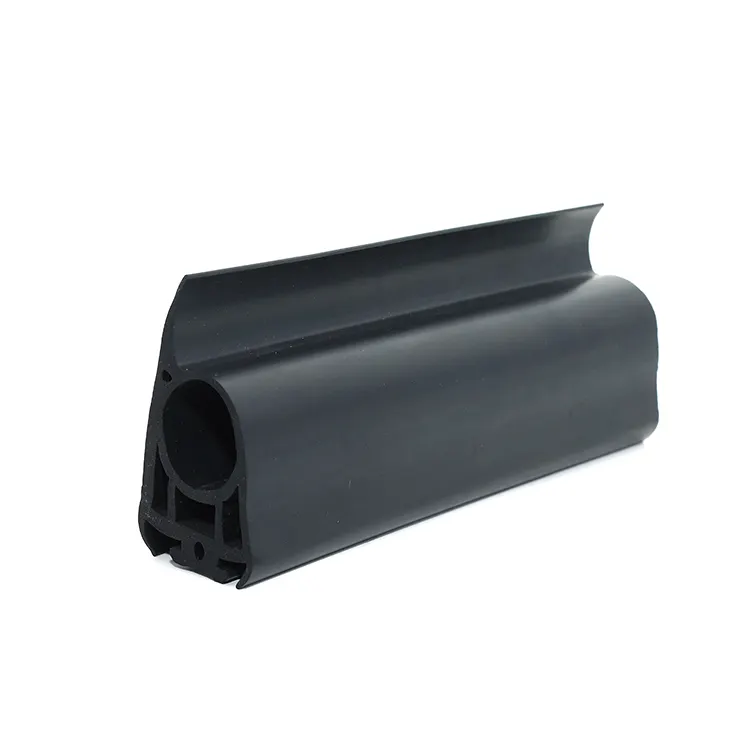
Car Interior Trim Strip: Elevate Your Driving Experience
The interior of your car is not just a space to transport you from point A to point B; it's an extension of your personal style and comfort.Soma byinshi -
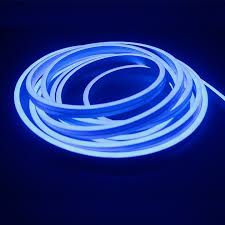
What are LED Neon Ropes?
Traditional neon fixtures and accent lighting are costly and not to mention harmful to the environment. Now, thanks to neon LED rope lights, you can now achieve the same look like neon lights. Using new LED technologies, you can use LED neon ropes to create eye-catching visuals thanks to the flexibility, low cost, and bendable design options that are supported using LED neon ropes. Over six colors are available, tunable white and RGBW are also available.Using lightweight PVC tubing, LED neon ropes emulate the high-brightness and even-illumination of neon without the price of neon. LED neon ropes are often used for accent lighting, room lighting, bathroom, and kitchen lighting. Use LED neon ropes to deliver total brilliance that is uniform and eye-catching.Soma byinshi -
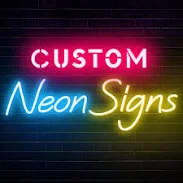
Complete Guide to LED Neon Signs
A traditional neon light is called a neon light because it’s a glass tube filled with neon, one of the Noble Gases on the Periodic Table of Elements. When electricity is put in the tube, the neon gas lights up. Neon is found in trace elements in the crust of the earth and has to be commercially produced from liquid air using a system called fractional distillation. As you can imagine, this can get expensive.Soma byinshi -
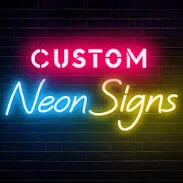
Custom Neon Signs or LED Neon Signs: Which Is Better?
Today we're going to take a look at custom neon signs and LED neon signs.We've been in the custom signage industry for over 10 years, and we specialize in sign design, manufacturing, maintenance, and installation of all types of signage. We'd love to share our expertise with you.We'll outline the advantages and disadvantages of both custom neon signs and LED neon signs and help you decide which would be the best choice for your business. So let’s get started.Soma byinshi -
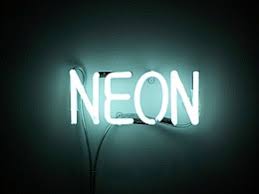
Neon lighting
Neon lighting consists of brightly glowing, electrified glass tubes or bulbs that contain rarefied neon or other gases. Neon lights are a type of cold cathode gas-discharge light. A neon tube is a sealed glass tube with a metal electrode at each end, filled with one of a number of gases at low pressure. A high potential of several thousand volts applied to the electrodes ionizes the gas in the tube, causing it to emit colored light. The color of the light depends on the gas in the tube. Neon lights were named for neon, a noble gas which gives off a popular orange light, but other gases and chemicals called phosphors are used to produce other colors, such as hydrogen (purple-red), helium (yellow or pink), carbon dioxide (white), and mercury (blue). Neon tubes can be fabricated in curving artistic shapes, to form letters or pictures. They are mainly used to make dramatic, multicolored glowing signage for advertising, called neon signs, which were popular from the 1920s to 1960s and again in the 1980s.Soma byinshi -
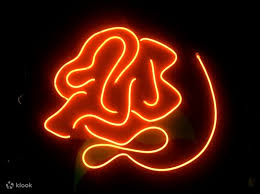
Using LED Neon Lights at Home – Everything You Need to Know
You’re certainly not the only person confused about what LED Neon lights or signs are. Unfortunately, despite several websites explaining these terminologies, only a few provide satisfactory explanations. Thankfully, this article comprehensively examines the most commonly asked questions about LED Neon Lights, including what they are, their compositions, their differences from neon lights, and where they can be used. Without any further ado, let’s get straight into it!Soma byinshi -
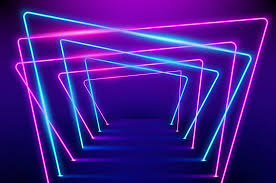
How Do LED Neon Lights Work?
Neon lights hold a nostalgic place in the collective conscience of anyone who’s walked down a metropolitan street at night in days gone by, but most people don’t really know how neon lights work. Traditional neon lights get their name from neon gas. They were discovered in an experiment in 1898, when William Ramsay and Morris W. Travers discovered its light-emitting properties by conducting electricity through the inert noble gas in a tube.In the early 1960s, the first practical devices using a new light technology, LED (or light-emitting diodes) were invented by James R. Biard and Gary Pittman at Texas Instruments. This came out of observing efficient light emission from tunnel diodes built on GaAs substrates. They were first used as replacements for bulbs in small electronics, like seven-figure displays and indicator lamps.Soma byinshi

